I’ll be the first to admit that I used to care more about my whole group lessons than my small groups. Thankfully, I was blessed with a great mentor who taught me that differentiated instruction was/is the most important part of teaching. I know, I know, pulling small groups can be intimidating, but it’s important to remember this: it’s where real teaching and learning takes place.
Before I list the five things every reading teacher needs to conduct a small group, keep in mind that this post is exclusively addressing strategy groups for students reading at levels J and above. A strategy group targets one reading skill/strategy but can include a wide range of reading levels. For example, I have a group of students reading at levels J, L, and P, and they all struggle with identifying the main idea and details. My strategy group with these students would be teaching them how to identify the main idea and supporting details, despite the range in their reading levels.
OK, back to why you’re here! In my opinion, here are the five things you need to pull a small group. I also added a real example of how to utilize each item. Ready? Here we go.
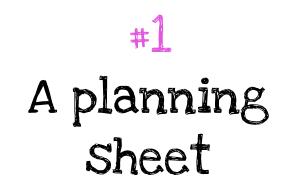
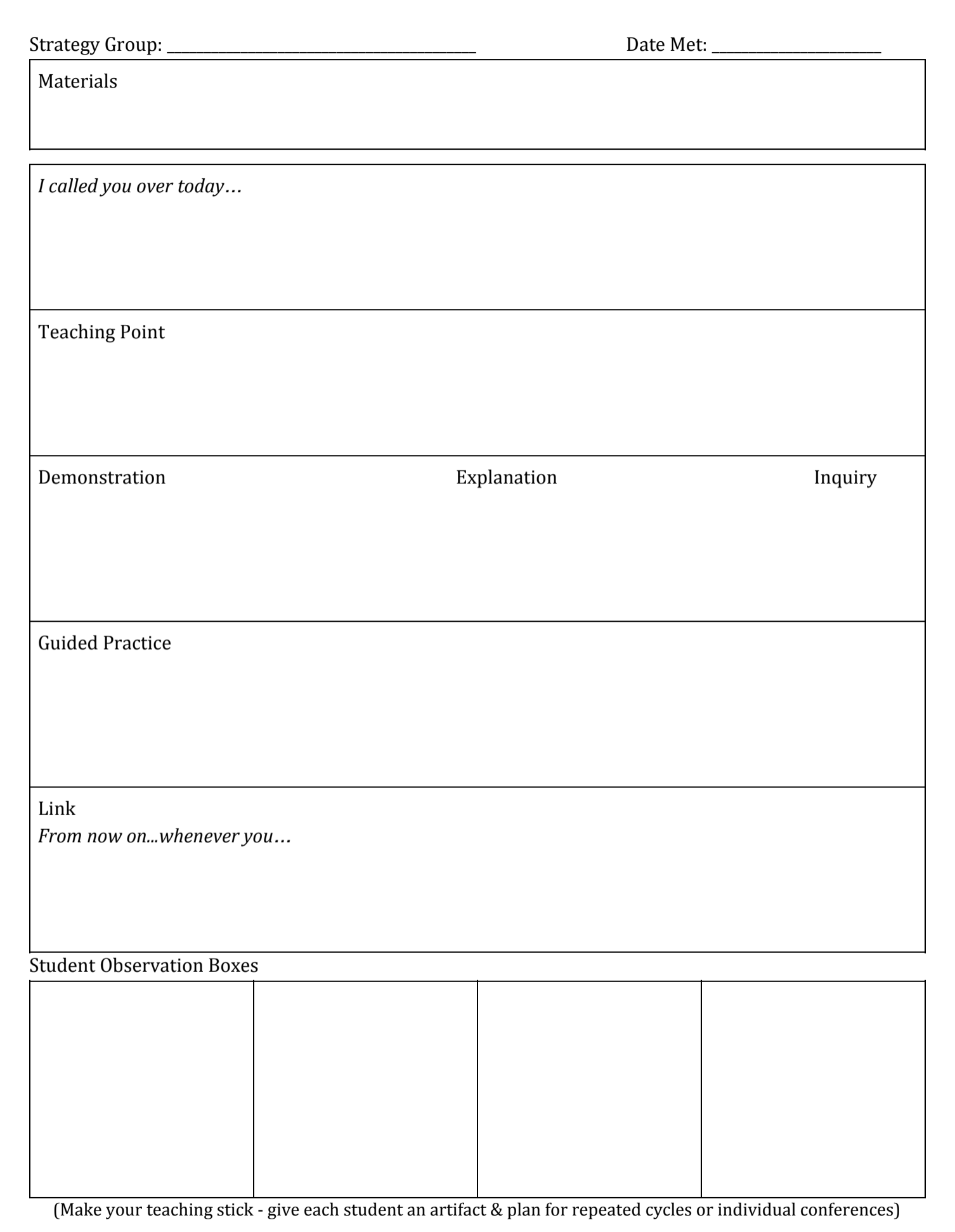
Although a small group planning sheet isn’t necessary, I find them beneficial because you’re able to identify what materials you’ll be using and what you’ll need to say and teach during those 15-20 minutes. Because time is precious, planning ahead is crucial! Above is a picture of the template my teachers and I use to plan for strategy groups. This template is also available on my TPT store here.
The biggest benefit of using a planning sheet is that you can re-use it year after year. Yes, really! Once you fill out a planning sheet for any reading strategy (e.g. theme, summary, context clues, main idea, author’s purpose, inferencing, etc.), place it inside a sheet protector and add it to your toolkit binder. Now every time you want to pull a small group on a particular skill, chances are you’ll already have the sheet written out.
In my example, I’m teaching a group how to figure out the meaning of unknown words. If you look closely at my planning sheet, I’ve written out the gist of what my lesson will sound like.

The one thing the sheet doesn’t show is me modeling the strategy. Remember, you must model for your students what it is you want them to practice and eventually learn to do on their own.
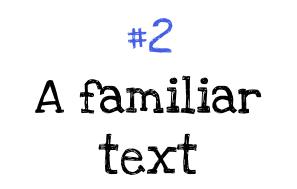
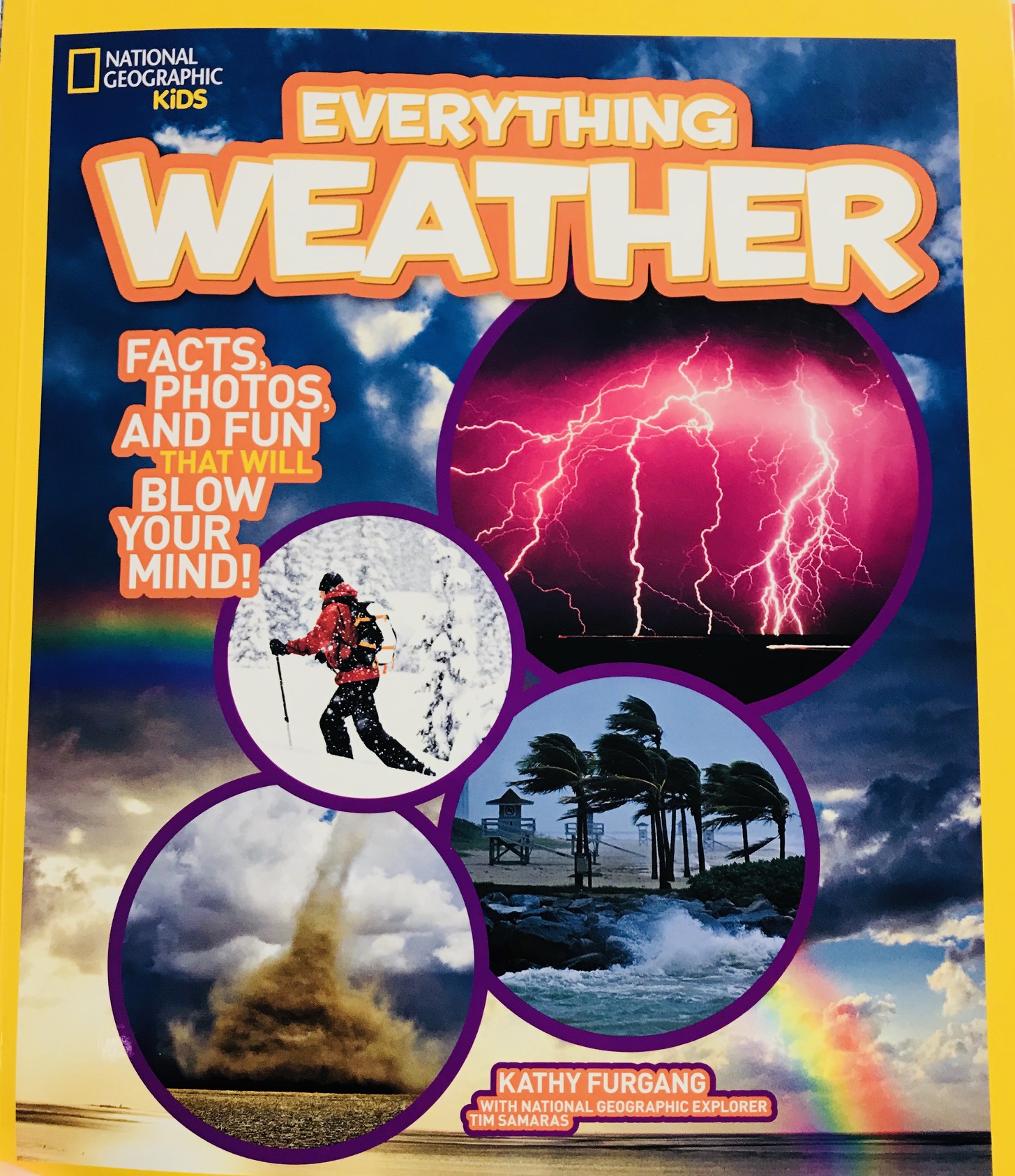
Usually this means an old read aloud book that your students have seen or heard you read before. The reason behind choosing a familiar text is because it doesn’t require a book introduction. Again, time is precious and you don’t want to spend it summarizing, instead quickly remind them of the book and go straight into the lesson. Also, you have to ensure that what you’re going to teach aligns with the genre of the book. For example, you wouldn’t use an informational book or article to teach a lesson on theme.
In fourth grade we read Everything Weather by Kathy Furgang for the nonfiction, informational unit. I’ve chosen to reread a part of the book to my students, because my goal is to highlight the word unpredictable and demonstrate how to figure out its meaning. See below where it reads, “Everybody Talks About It.”
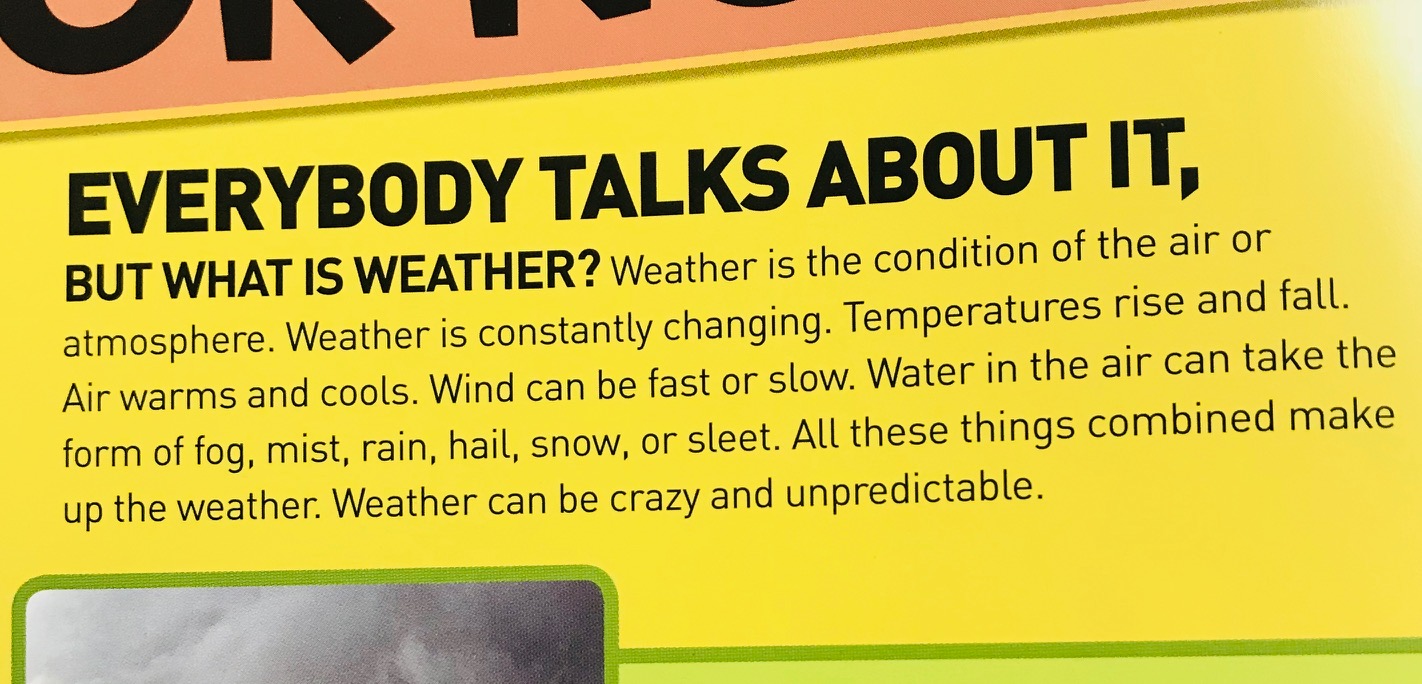
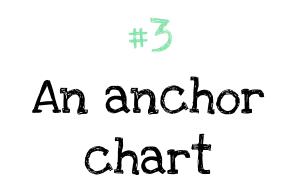
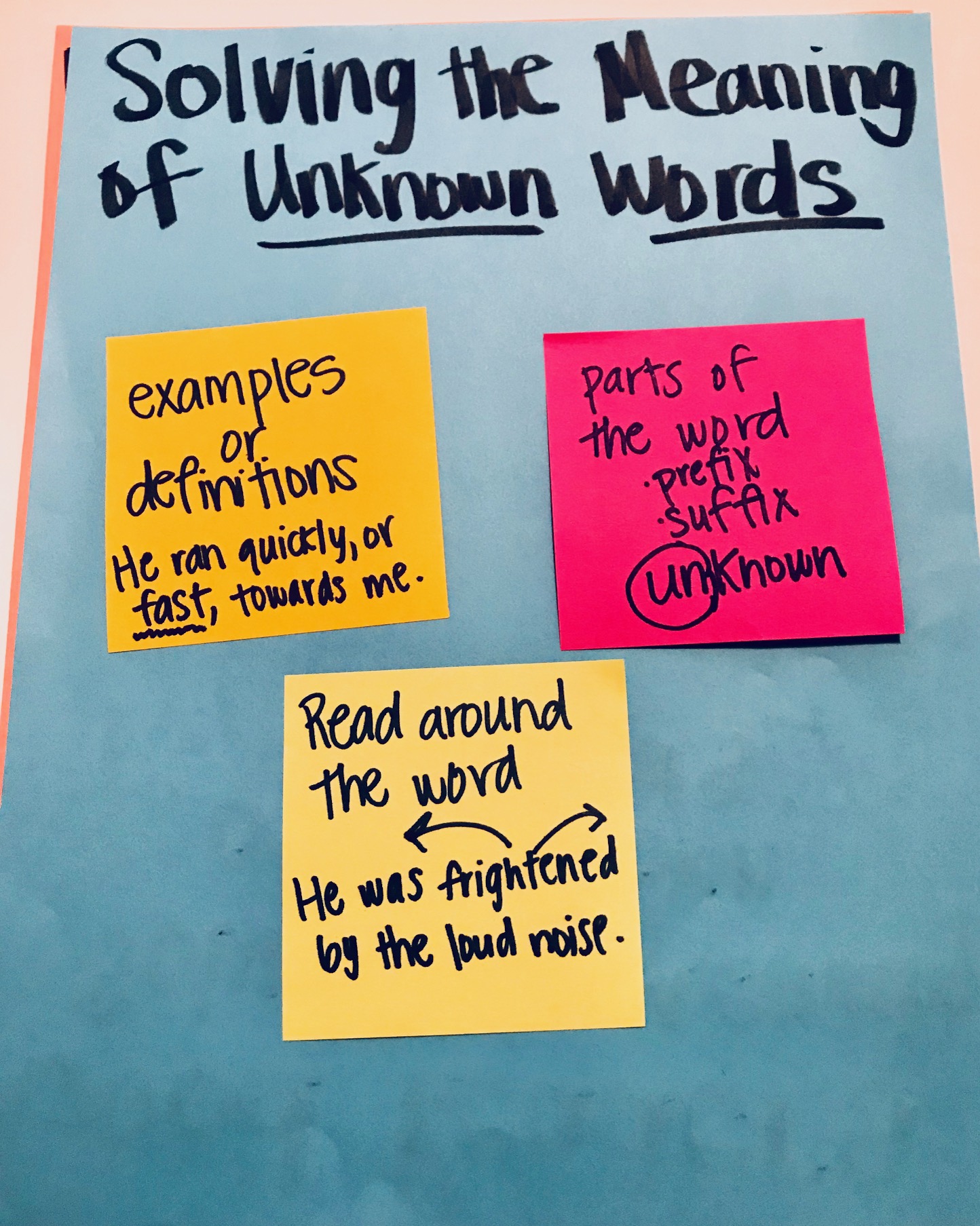 As you know, I’m a big fan of anchor charts. Students learn in different ways and providing a visual enhances the learning for so many of them. It’s also something you can use to refer back to during your teaching. Similar to the planning sheet, you can add the anchor chart to your toolkit binder for future use.
As you know, I’m a big fan of anchor charts. Students learn in different ways and providing a visual enhances the learning for so many of them. It’s also something you can use to refer back to during your teaching. Similar to the planning sheet, you can add the anchor chart to your toolkit binder for future use.
Let’s go back to the familiar text. If you look closely at the section of the book in my example, the author used many clues to describe the word unpredictable. After I’m done modeling how I figured out the meaning using the strategies I listed on my anchor chart (examples or definitions, parts of the word, or read around the word), the students should be ready to practice on their own. Students come across unknown words all the time, and normally they keep on reading without ever stopping to ask themselves, “How can I figure out the meaning of this word?” That’s why I love teaching this particular lesson, because the skill transfers across all genres.
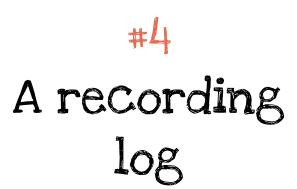
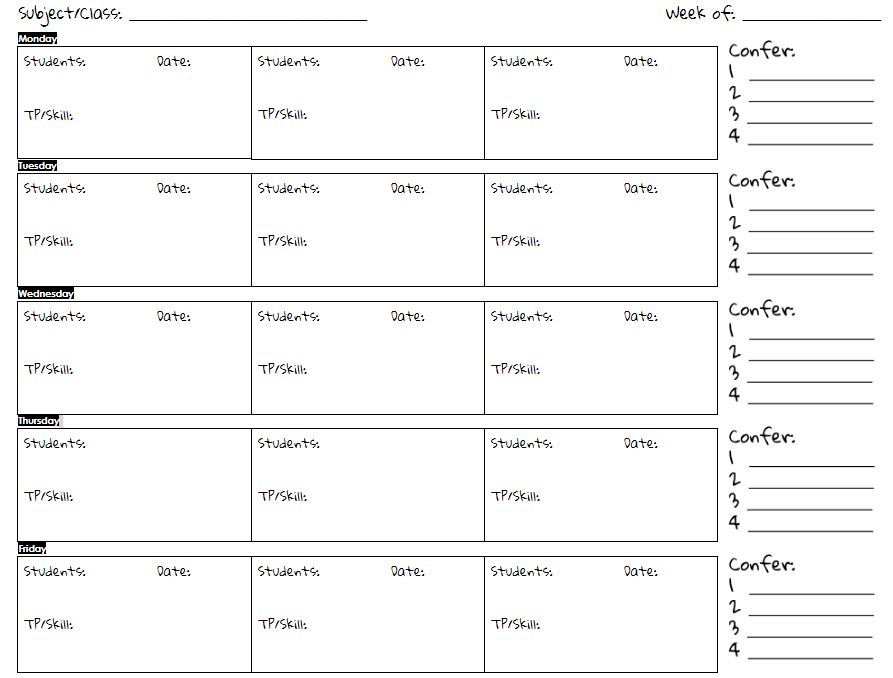
Educators often forget about this one! Documenting how much time you spend in a small group setting is such an important part of being a teacher. It allows you to monitor student progress and celebrate growth! Trust me, it will also come in handy when you meet with parents or when you’re trying to provide a student with additional support outside the classroom. For many districts, documentation is a federal mandate.
I created this log for my teachers, and you can purchase it along with many others on my TPT store by clicking here.
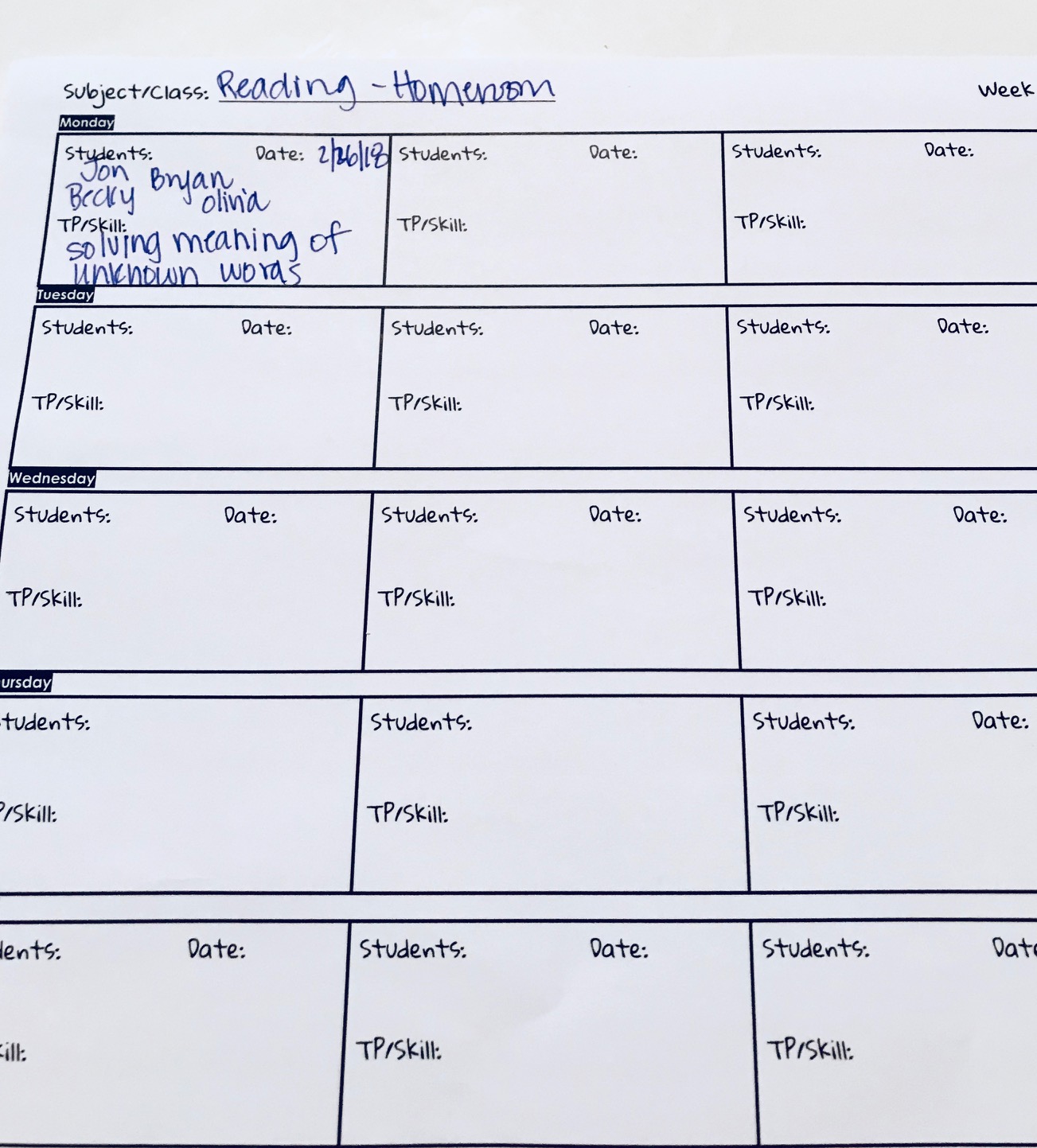
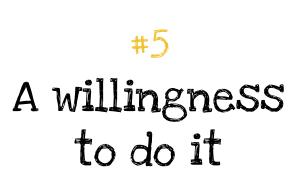
OK, this one isn’t technically an item, but I wanted to list it because I always come across teachers who are hesitant to pull a small group. I know that it can seem scary, but do NOT let fear stop you. Sometimes teachers admit that they don’t know what they’re doing or that they’re afraid of messing up-and that’s OK. You know why? Because I’ve never heard a teacher say, “Man, that small group lesson was a waste of time.” Please believe that your students are eager to spend time with you at the kidney table. Also, keep in mind that it will take time to perfect your delivery and reach a certain level of efficiency and effectiveness. Like many things in a teacher’s world, it’s a process.
So, who’s ready to start pulling small groups? Comment below.